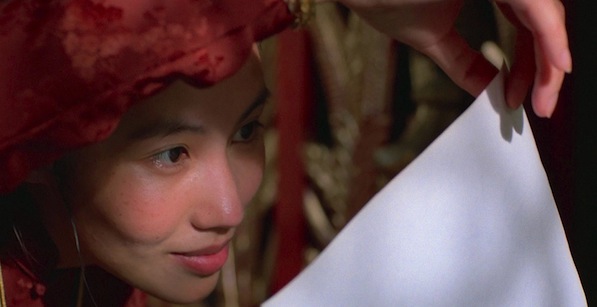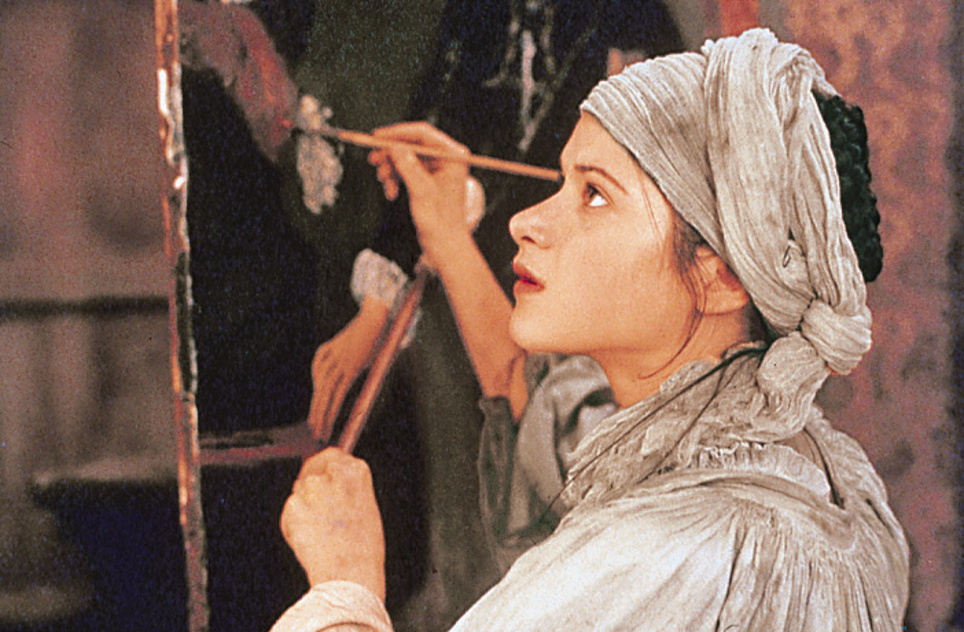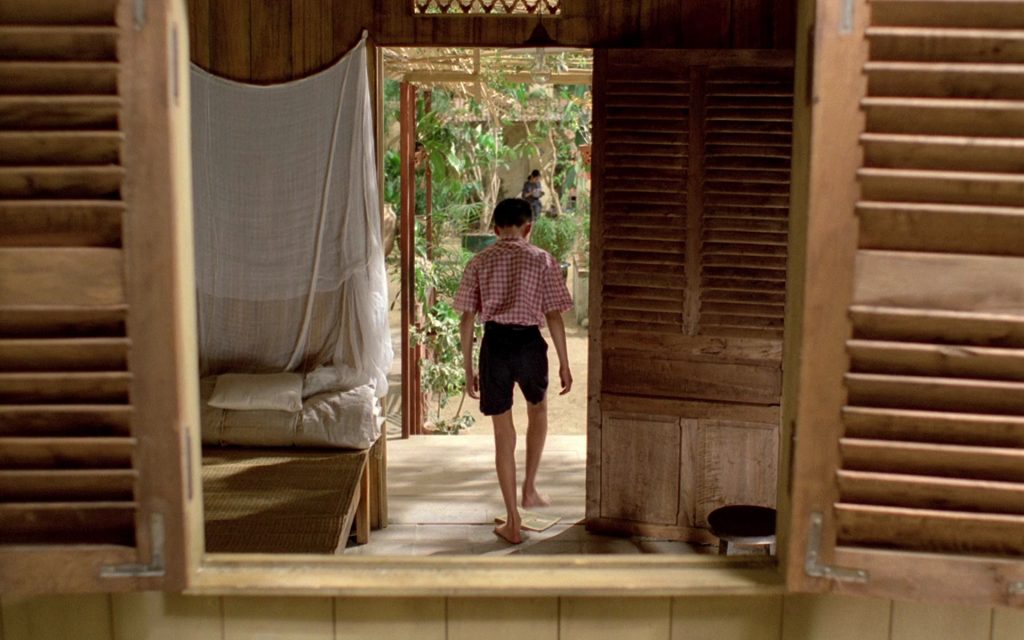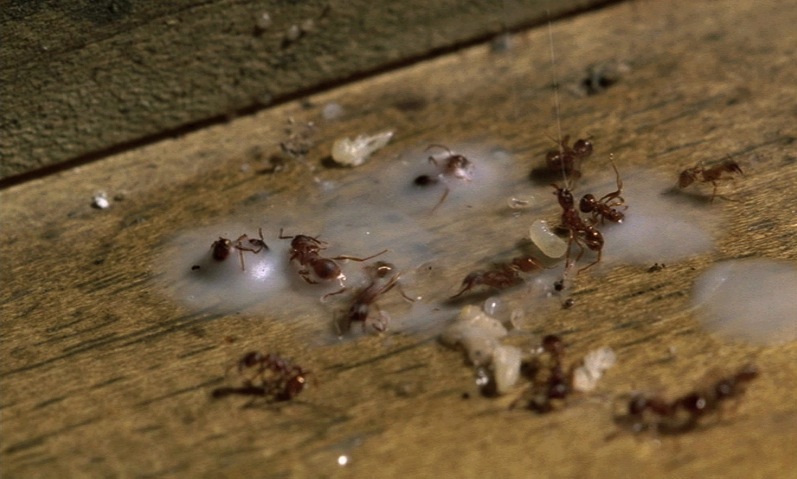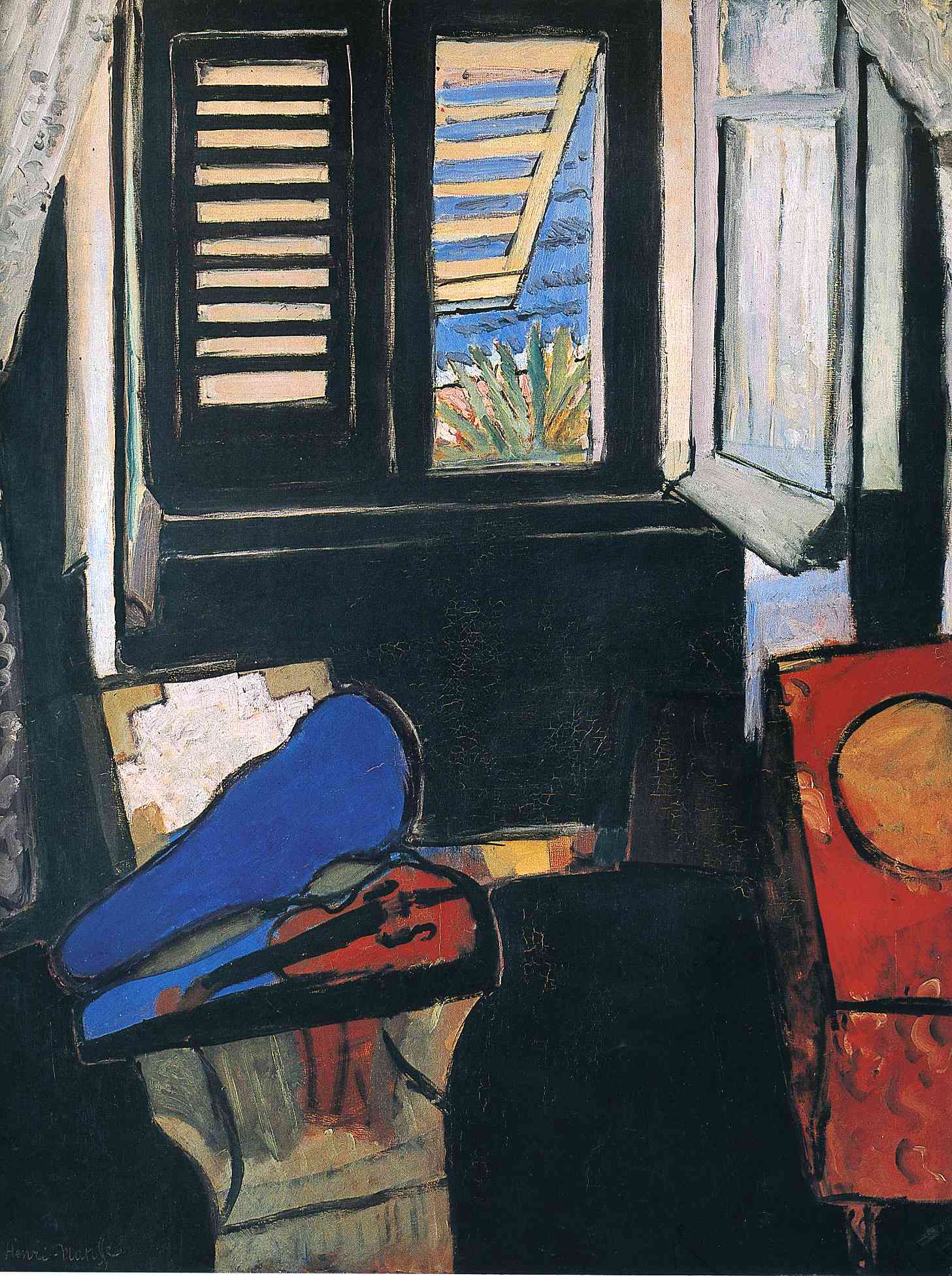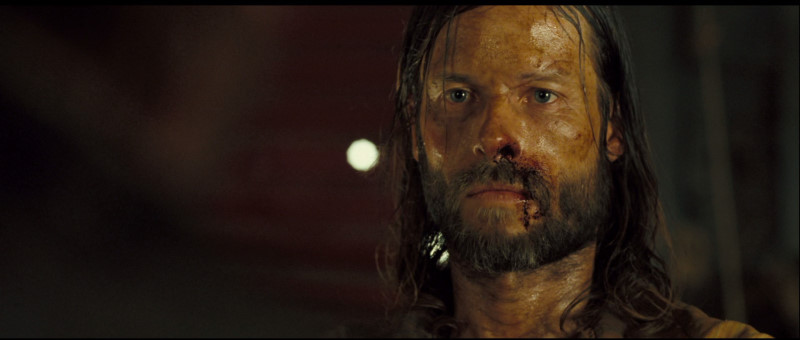When Trân Anh Hùng‘s visually stunning Vietnamese film The Scent of Green Papaya premiered in Cannes twenty years ago, viewers couldn’t believe it was shot on a soundstage in Paris. So strong were the sensual details—rain dripping on green fronds; frogs hopping on stone floors; ants crawling across wood beams—that critics frequently cited the remarkable fact that it was shot indoors early in their reviews.
Winner of Cannes’ Camera d’Or for best first feature and nominated for an Oscar for best foreign language film in 1994, The Scent of Green Papaya marked an impressive debut for not only its director, but cinematographer Benoît Delhomme, whose evocation of the sights and senses of Vietnam would help revolutionize the creative possibilities of shooting on a soundstage.
Born in Paris in 1961, Delhomme has brought his sumptuous visual language to an impressive and eclectic list of films, including Agnes Merlet’s Artemisia (for which he received a Cesar nomination for Best Cinematography), Mike Figgis‘s The Loss of Sexual Innocence, Tsai Ming-Liang’s What Time Is It There?, John Hillcoat’s The Proposition (which won several Australian cinematography honors), and most recently, Anton Corbijn’s much awaited John Le Carre adaptation, A Most Wanted Man. But it was The Scent of Green Papaya that started it all, says Delhomme, and not just professionally, but creatively, as well.
Keyframe recently spoke to the French D.P. about recreating light, killing ants, close-ups and creative inspirations.
Keyframe: The film was supposed to shoot in Vietnam, but remarkably, you were able to make it on a soundstage in Paris. How did you do it?
Benoît Delhomme: It was my first film on stage. The difficulty of the movie was that the house was completely open. There were no walls. Normally, you build a set and shoot inside, but the problem was that we had to go inside and outside all the time. And the script called for shooting in magic hour, dusk. I thought, my god, I’m in this 1,000-meter box. And every single square meter was used on the set. It was like putting a piece of Saigon in a box. And of course, the mise-en-scene was all about long shots and panning across and tracking from inside to outside, 360 degrees in some shots. So the concept was a difficult one.
In the first pre-production meeting, we’re all sitting around this big table, and I had to explain to these guys how I’d light this film. I knew to make it work I would need 800 kilowatts of light. At that time, people would work on a film like this with 20 kilowatts. But Tran wanted to use a very slow film stock, Kodak 5247, rated 100 ASA, which has very beautiful fine grain and colors, and light the whole set with a beautiful sunlight. I was explaining to a TV producer that I would have to rig the set with 10K Fresnels [lights] and he said to me, Mr. Delhomme, ‘You’re going to burn the set. You’re going to burn the roof. It’s not possible.’ But the director and producer supported me. And I got two weeks of pre-light. And I got 800 kilowatts.
We also had real trees. We had real insects and frogs. And because we had real trees, we had to wet down the set every night. And with the warmth created by the lamps, and all this humidity and heat, it was like being in Vietnam. It was like bringing a piece of Vietnam to Paris.
Keyframe: Speaking of insects, one of the most famous shots, I believe, is the sequence in which the little boy is pouring hot wax on the ants, and you see him crush one of them with his fingers. Can you talk about this shot?
Delhomme: I think Tran had this violence in himself, but the violence in Scent of Green Papaya is very tiny, like macro-violence. When the young kid is burning the ants with the candle, I remember I was so obsessed with giving Tran the quality he wanted. He couldn’t give me a reference of any film he wanted, because he didn’t like any film enough. He said to me, ‘You have to create a texture and a transparency and a real organic feeling that I’ve never seen before on film.’ And with all these macro-shots, it was very intense.
Keyframe: Did you look at nature films, at all?
Delhomme: I don’t think so. He told me he wanted to see tiny things, because it was a metaphor for this young woman, who was in a box herself. The idea is that we’re in all a box of someone else. She’s in a box, and she puts an insect in a box. I don’t remember looking at any [nature films], but I remember all the crew was shocked when we were shooting the ants, but we were so inspired by the director, no one criticized him for killing the ants. I was with him completely. I would have killed myself if I weren’t able to create the images he wanted.
Keyframe: Was there anything you learned on Papaya that you applied to subsequent films?
Delhomme: I learned how to make real sunlight or dusk on stage. It was something very special, because all the DPs at that time, particularly in France, were obsessed with new ways to shoot in the streets with no light, like John Cassavetes. So I was the only young DP interested in recreating light. A bit like a painter would do. You have to study the light in the trees, on the facades, or on the face. So I got obsessed with ‘let’s look at the sunlight, let’s look outside.’ I was also shooting everything so wide open—at [f-stop] 1.4 for the whole film, just so we wouldn’t have too much depth of field and feel the stage light too much. But every time I have to recreate light on stage, I think of Green Papaya. It’s always there.
Keyframe: Are there painters or photographers that are a part of you?
Delhomme: Of course, a lot of them. But when we started to shoot this movie, Tran said we needed to get inspired by Henri Matisse, especially one painting that he wanted me to study carefully called ‘Interior with a Violin,’ which shows a violin next to a window and the open blinds, and you have this contrast between inside and outside. And he said, study this painting and you will get me the mood I want. And also he wanted me to read this book, In Praise of Shadows, by Jun’ichirō Tanizaki, which is all about the relationship between shadow and light. I never heard a director talk to me this way. Tran could talk to me for hours about the transparency of the leaves.
Keyframe: The sensual quality of the film seems to carry over to a lot of your other films, from Artemesia to even The Proposition, which is sensual in a dark way. You feel the flies; you feel the heat.
Delhomme: It’s funny you should say that because I got The Proposition job, because John Hillcoat was a big fan of Scent of Green Papaya and Cyclo. He said to me, ‘If you can recreate the light from Vietnam onstage you can do my film in Australia.’ And you’re right; the flies in Proposition are similar to the ants in Green Papaya. The same kind of physical shock I had being in Vietnam, I also had in Australia. When you see a country like this, you want to translate it into images.
Keyframe: You’ve also got Anton Corbijn’s film coming out, which is obviously a very different kind of film, no?
Delhomme: Yes, it’s a thriller set nowadays. But on Anton’s movie, I said to him, I’m using everything I’ve ever learned on your film. Sometimes, I say that to directors when they’re good and when they’re striving for the best. It’s always a good sign on a film. And it’s true; everything started on Green Papaya, all my artistic life. I even started to paint around then. A lot of things came from this Vietnamese influence. For ten weeks on Green Papaya, I’ve never been so happy on a film in my life. And Tran was so precise. He gave me discipline. He told me it’s just as important to do a good shot of a ball or a plate as it is to do a close-up on a face. And I always remember that.

